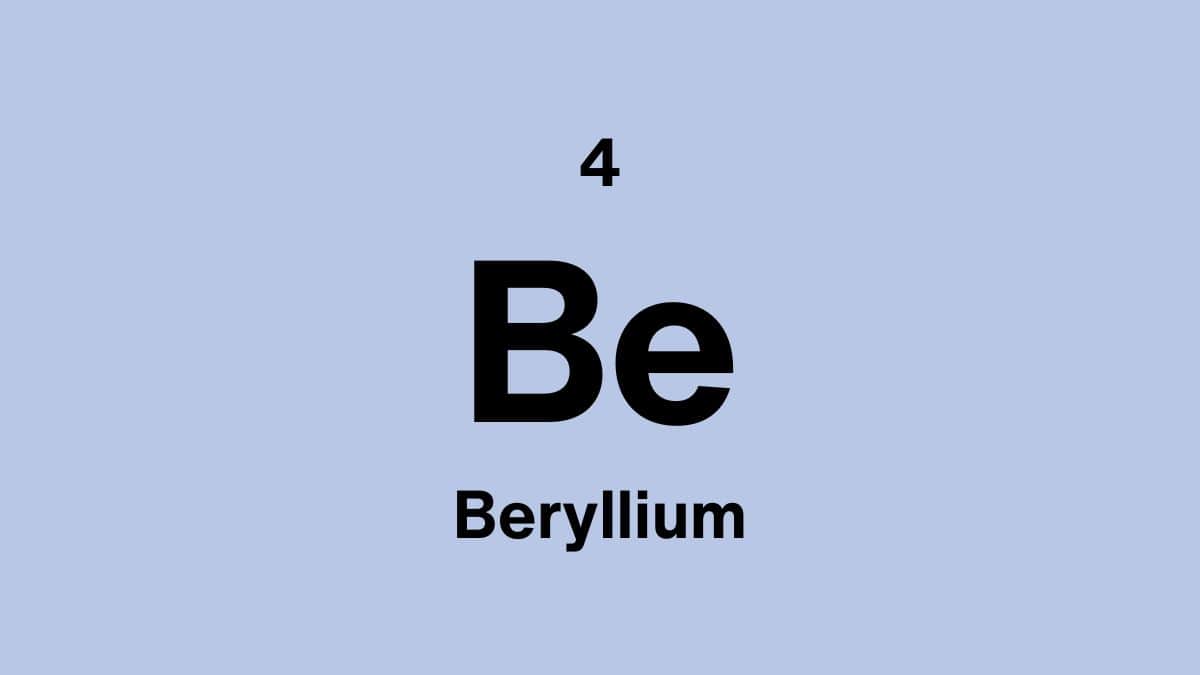Aluminum or Aluminium what is the real difference?
These two spelling variations both refer to element number 13 on the periodic table of elements. Aluminum is the American, and Canadian spelling, while aluminium is the British, and rest of the world’s way of spelling the element’s name. Both spelling variations are perfectly correct and accepted around the world.
Properties of aluminum
| Atomic Number: | 13 |
| Atomic Symbol: | Al |
| Atomic Weight (amu): | 26.982 |
| Electronegativity: | 1.61 |
| Melting point: | 660.32°C | 1220.58°F | 933.47K |
| Boiling point: | 2519.00°C | 4566.20°F | 2792.15K |
What does pure aluminum look like?
Aluminum is a highly reflective, silver-white, metal. It is very lightweight, soft, malleable and non-toxic.
What is the biological role of aluminum?
Aluminum has no known biological role and is toxic to plants in its soluble +3 form.
What is pure aluminum used for?
- Aluminum has high thermal conductivity and is extremely lightweight and corrosion-resistant which makes it a very useful metal.
- Aluminum can also easily be cast, machined or formed. It is also non-magnetic and non-sparking. It is the second most malleable metal and the sixth most ductile.
- The aluminum metal is used in an endless list of products, from cans, foils and kitchen utensils to window frames, beer kegs and aeroplane parts.
- Because aluminum is not very strong in its pure form alloys with copper, manganese, magnesium and silicon are widely used in the aviation and transport industry.
- Aluminum is almost twice as good a conductor compared weight to weight with copper.
What are the main compounds with aluminum
Aluminum oxide - is amphoteric in nature, and is used in various chemical, industrial and commercial applications.
Aluminum hydroxide - is used with magnesium hydroxide as an antacid to relieve heartburn, acid indigestion, and upset stomach.
Aluminum chloride - is used to treat severe, recalcitrant excessive sweating
Where can aluminum be found?
Aluminum is the most abundant metal in the earth’s crust (8.1%) and is usually found in minerals such as bauxite and cryolite. Guinea held the largest reserves of bauxite mineral, with 7.4 billion tonnes, followed by Australia with 5.1 billion tonnes, Vietnam with 3.7 billion tonnes and Brazil with 2.7 billion tonnes.
Aluminum is manufactured in two phases (overly simplified): the process begins with the Bayer process of refining the bauxite ore to obtain the aluminum oxide. The final step is the Hall-Heroult process of smelting the aluminum oxide to release pure aluminum.
Is aluminum expensive?
Aluminum sells in bulk for about $0.89 per pound, making it one of the most inexpensive metals on the planet.
You can buy a one pound pure aluminum bar on Amazon:

One Pound Pure Aluminum Bar (Click to view the price on Amazon)
This bar of aluminum is 99% pure aluminum and is perfect for your personal element collection.
Will we ever run out of aluminum?
Running out of aluminum is highly unlikely since it is the most abundant metal in the earth's crust. There are however serious supply chain threats that are driving the price of aluminum at an alarming rate.
Aluminum is also highly recyclable which lowers the risk of ever running out of this material.
Can aluminum be recycled
Aluminum is one of the most recycled and recyclable materials on the planet. Recycling aluminum reduces energy consumption and carbon emissions by up to 95% in comparison to producing it from its ores.
Who discovered the aluminum element?
Between 1807 and 1808, the English chemist Humphry Davy decomposed alumina, the substance obtained from alum, but Marggraf, in an electric arc to obtain an anticipated “new metal”. The metal was not pure aluminum, but an alloy of aluminum and iron. Davy called the new metal “alumium”, and then renamed it aluminum.
Aluminum was first isolated in 1825 by Hans Christian Ørsted in Copenhagen, Denmark, by reducing aluminum chloride using a potassium-mercury amalgam. The mercury was removed by heating.
Is aluminum dangerous?
Aluminum can be considered non-toxic since only exposure to high levels of aluminum can affect your health, which is not a risk under normal circumstances.
Some studies have found that exposure to high levels of aluminum may develop Alzheimer's disease, but other studies have not found this to be true.
Foods that contain above-average amounts of aluminum are tea, processed cheese, lentils and sponge cakes (where it comes from the raising agent).
Fun facts about aluminum
- Aluminum has only been commercially used for 150 years.
- Before the commercial production of aluminum, it was more precious than gold and silver
- A roof made of aluminum can reflect up to 95% of the solar energy it takes in, which makes a building much more energy efficient.
Funny aluminum Jokes, Puns and One-Liners
What happens when you eat aluminum? You sheet metal.
We compiled a list of the Top 50 Chemistry Jokes and Puns of all time!



